What is Cistern? (Ab Anbar)
Due to the vast expanse of arid regions in Iran, the issue of water supply and preservation, particularly for drinking water, has been crucial and fundamental from ancient times to the present day.
One of the most famous solutions for securing and maintaining clean drinking water in hot and dry, warm and humid, and even cold and mountainous regions has been the construction of a unique structure known as the “Ab Anbar” or cistern.
While various elements were used in ancient times based on the climate and environmental conditions of different regions in the country, the most prominent and enduring element that has stood the test of time is the Ab Anbar. Evidence suggests that ancient examples of these cisterns have persisted since the sixth and seventh centuries of the Islamic calendar. If you are curious to learn more about what an Ab Anbar is and its significance, continue reading to find answers to your questions.
What Was the Purpose of a Cistern?
The question of “What is a cistern used for?” finds its answer in the basic purpose of providing a reliable water supply, especially in regions marked by water scarcity. Cisterns play a central role as storage reservoirs, collecting rainwater or alternative water sources to meet the essential needs of households and communities.
The innovative design of cisterns, often characterized by covered underground structures, serves to safeguard the stored water from contaminants and environmental factors. Over time, the purpose of a cistern has evolved to incorporate sustainable practices, with historical examples showcasing the use of lime, salt, clay, and even fish for water purification.
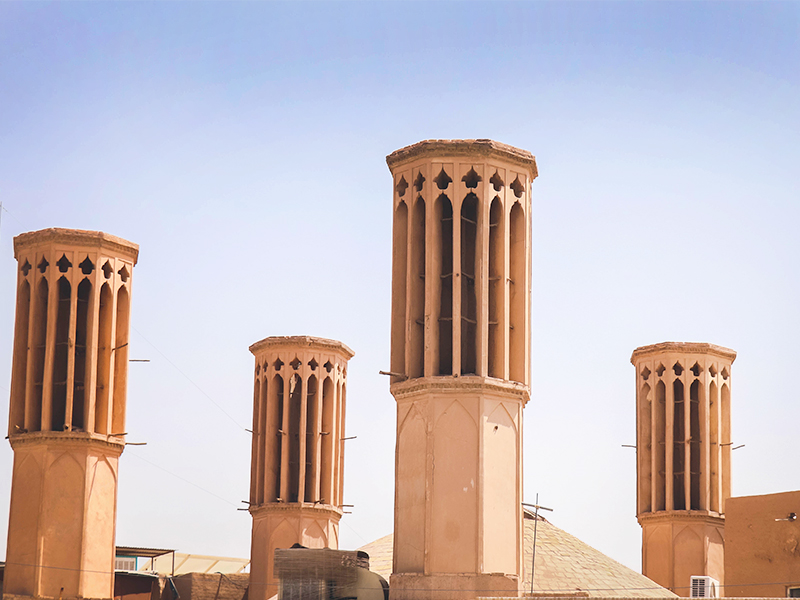
In essence, the versatile and adaptive nature of cisterns addresses the ongoing challenge of water availability, making them a crucial component in ensuring a consistent and accessible water supply for diverse environments.
What Is the Concept of Cistern?
A cistern, or “Ab Anbar” in Persian, is basically a covered reservoir located underground, specifically constructed in ancient times to collect and store water. It has a unique system designed to keep the water cool, and in terms of cleanliness, it has followed the latest hygiene measures of its time.
The structure is engineered in a way that allows people to access the water for their needs. This secret chamber played a crucial role in providing a reliable and clean water supply, showcasing not only an innovative approach to water conservation but also a commitment to maintaining the purity of the stored water through advanced sanitary measures of its era.
Is Cistern Water Good to Drink?
Cistern water is generally considered safe for drinking due to specific measures taken to disinfect and maintain its cleanliness. The process of sanitizing and preserving water in a cistern involves pouring lime and salt into the water, creating a protective layer to prevent contamination and impurities.
Additionally, the use of clay aids in removing sediment and minerals from the water. To address bacterial concerns, fish are often employed in cisterns, serving as a natural means of purifying the water. Furthermore, the inclusion of alum contributes to the water’s ability to absorb impurities and prevent foul odors. These traditional methods not only highlight the efficiency of using natural elements to purify water but also emphasize the historical commitment to ensuring potable Cistern water.
Why Would a House Have a Cistern?
A house may have a cistern to address the challenges of water scarcity and ensure a reliable water supply, especially in areas with dry or varied climates. Cisterns, as part of a cistern water system for houses, serve as effective means of collecting and storing rainwater or other water sources, providing a sustainable solution for communities facing limited access to fresh water.
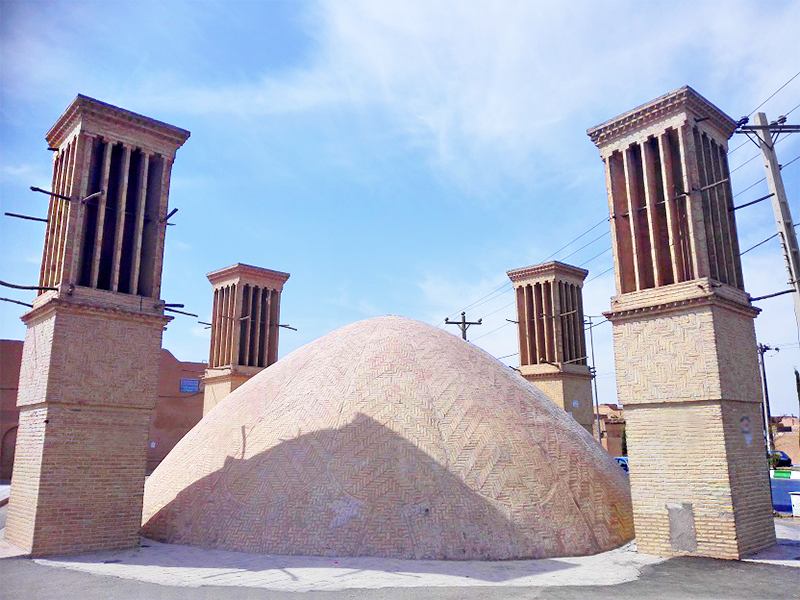
The architectural design of cisterns, often featuring underground covered reservoirs with specific cooling systems, allows for the preservation of water quality. Historically, houses with cisterns used traditional methods such as lime, salt, clay, and fish to disinfect and maintain the cleanliness of the stored water.
Ancient Cisterns
Iran has several famous Persian cisterns that reflect the rich historical and architectural heritage of the country. One notable cistern is the Jenok Cistern in Yazd, dating back to 878 AH during the Timurid era. Despite its current state of disrepair, it stands as the oldest cistern in the ancient district of Yazd, situated behind the Jame Mosque, which was once the central neighborhood of Yazd.
Another famous Persian cistern is the Ab Anbar Haft Badgir in Asrabad, featuring two interconnected reservoirs and seven windcatchers, making it one of the most distinguished cisterns of its kind. Originating from the Qajar era, this cistern is a testament to the philanthropy of Jahangir Rostam Izadi, the founder of the Keikhosravi School in Yazd, who was a Zoroastrian. Noteworthy is its unique design, with two outlets—one facing northeast for Zoroastrians and the other southwest for Muslims, separated by a brick partition.
Lastly, the Kish Island’s Historical Cistern, built in 1372, is similar to the traditional cisterns of Yazd and was constructed to solve the water shortage on the island. This twin-domed cistern, named for its two domes and five windcatchers, displays the enduring legacy of Persian cisterns in addressing water needs across different historical periods and regions.
Different Parts of a Cistern
A Persian cistern consists of several integral components designed for effective water collection and storage.
The “Pashire” is a place connected to the reservoir, serving as the point where individuals access water after ascending a staircase. These structures usually have a distinctive semi-octagonal or square shape, with some featuring platforms for sitting or additional ornamentation. While not all cisterns follow the same design, some lack external staircases, opting for a tank-like structure with step-like compartments where people access water directly from the steps.
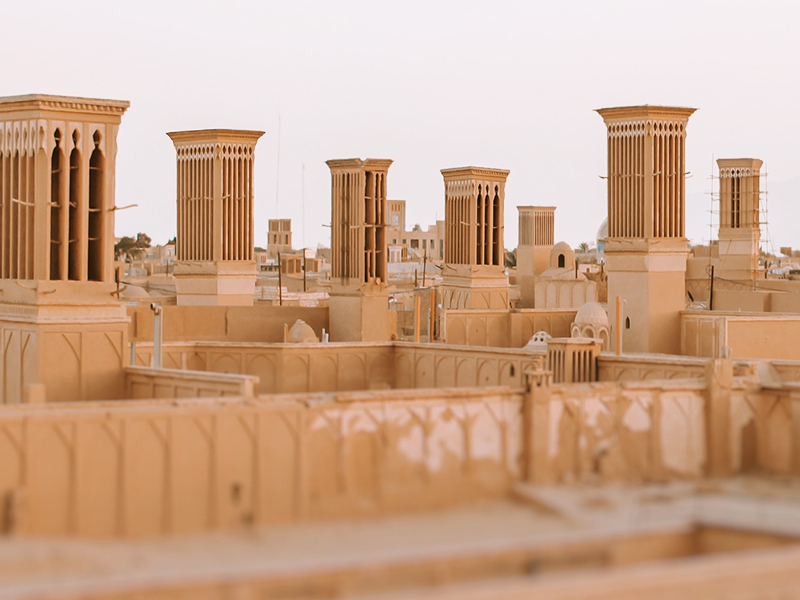
The “Sardar” is the entry point into the cistern, requiring individuals to pass through it before reaching the deep staircase inside. Sardars often feature small stone inscriptions for the purpose of engraving the name of the constructor or the endower of the cistern. These entrances typically boast decorative tiles and platforms on either side for seating. The water inlet and outlet are designated areas for water entry and exit to facilitate the filling of the reservoir and prevent overflow, redirecting excess water toward fields.
The “Tanoor” or reservoir is an underground part created to withstand water pressure, often featuring a lead layer for added resistance. The reservoir’s shape is typically cylindrical, though some cisterns employ cube-like structures alongside cylindrical ones.
Another essential element is the “Badgir,” often numbering between one and six, contributing significantly to ventilation and cooling. The Badgirs play a crucial role in maintaining the water’s temperature, which historically rivaled the cooling effect of modern-day ice.
The “Gonbad” in cisterns is typically a hemispherical or conical structure, serving to protect water from pollution and maintain its coolness.
Cistern Hole
The cistern hole is a vital component of the cistern system, playing a crucial role in the collection and storage of water. Typically located at the top of the cistern structure, the cistern hole serves as the point of entry for rainwater or other water sources. Its strategic placement allows for efficient water capture, ensuring that precipitation or runoff is directed into the cistern for storage.
The design of the cistern hole is carefully designed to prevent debris and contaminants from entering the water, maintaining the quality of the stored water. This element showcases the thoughtful engineering behind cisterns and shows how a simple yet essential feature like the cistern hole contributes to the overall functionality and effectiveness of the system in addressing water scarcity challenges in various environmental conditions.
How Was a Cistern Filled with Water?
The water in cisterns was supplied from distant areas, sometimes from mountains, and directed towards the intended location. In some regions, it was collected from rainfall, either falling directly into the cistern or transported between cities.
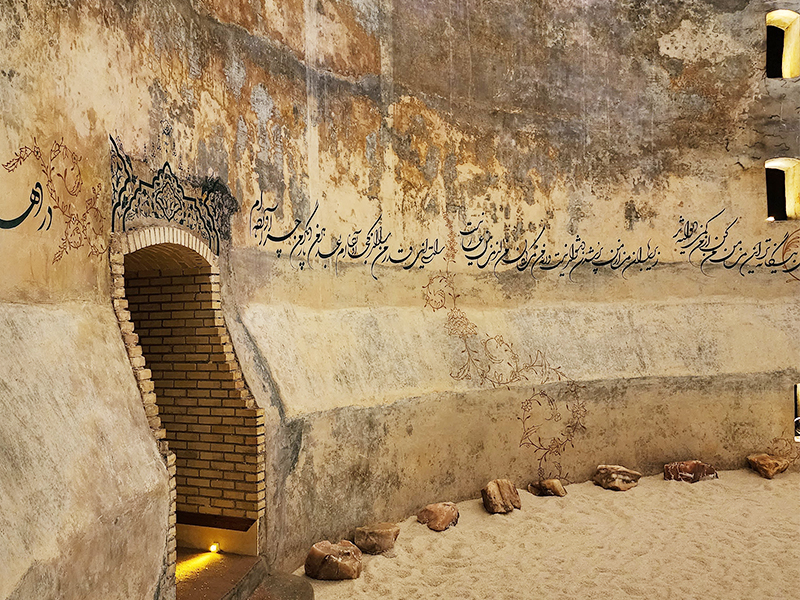
In warm and dry areas where rainfall is scarce, water is often supplied through qanats. Before entering the cistern, the water underwent traditional filtration processes using sand basins to purify it. Subsequently, it was channeled into the reservoir for storage.
Final Word
Water is inseparable from human life, and throughout history, providing this essential resource has been one of the main concerns of mankind. Due to diverse climates and especially the prevalence of water-scarce areas, the need to ensure a stable and clean water supply has always been among the most basic human needs.
In response to this vital need, innovative minds have turned to building a unique structure called a water reservoir. These structures not only reflect human creativity but also serve as historical testimonies to the enduring importance of water management in various environmental contexts.
Are you planning to travel to Iran and looking for an Iran resort? Consider Matinabad Eco-resort.

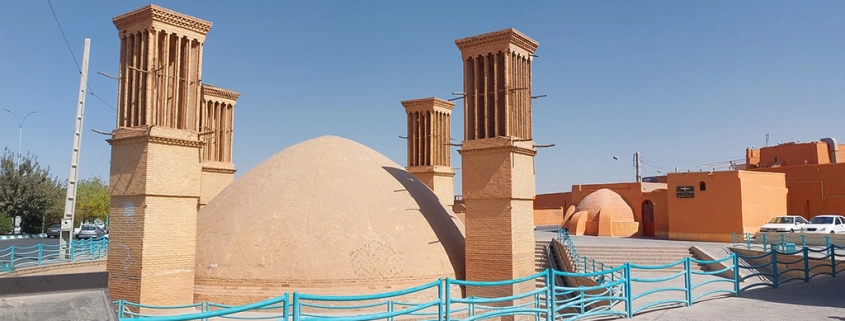



Leave a Reply
Want to join the discussion?Feel free to contribute!